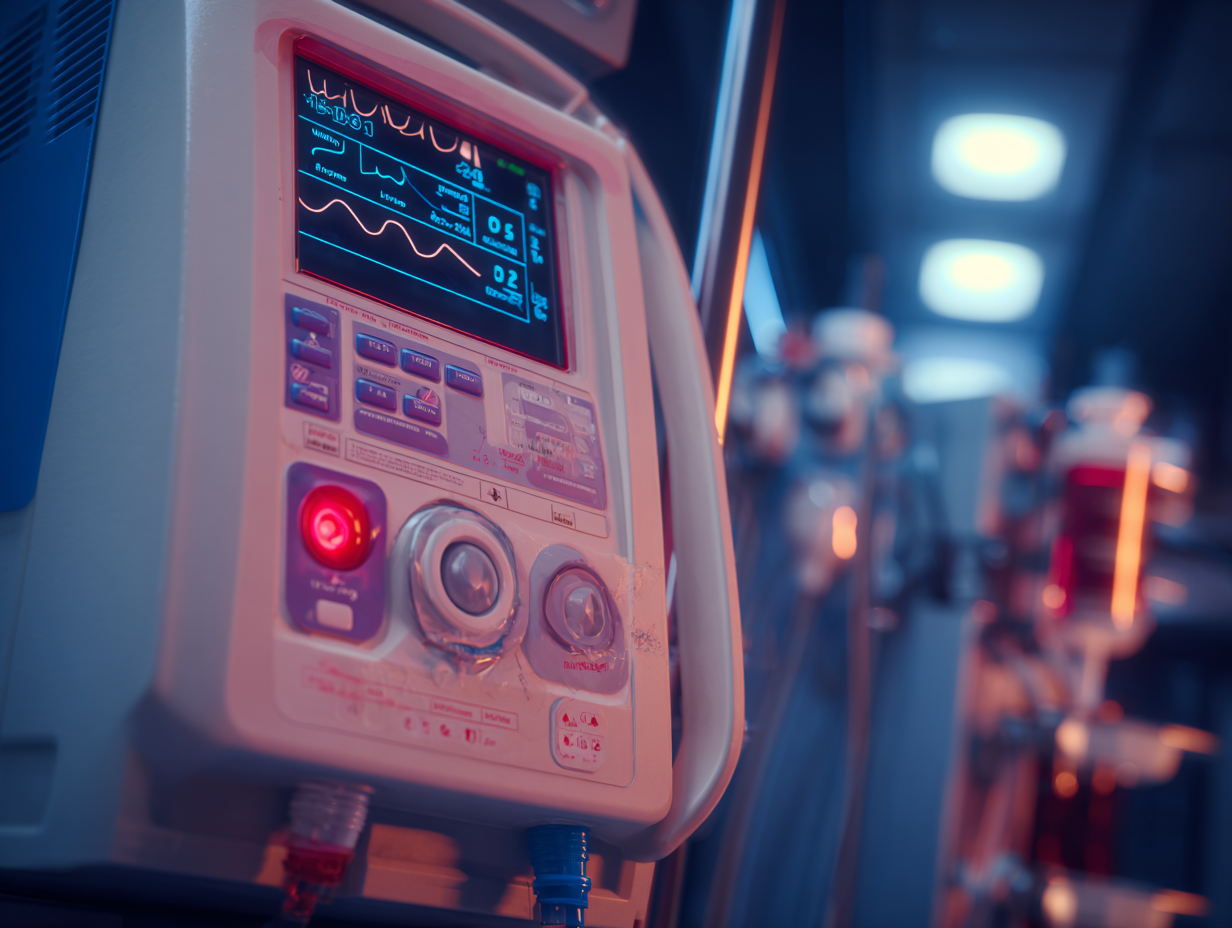When hospitals consider launching or expanding their extracorporeal membrane oxygenation (ECMO) capabilities, one of the most fundamental decisions involves understanding the two primary types: VA ECMO and VV ECMO. For healthcare executives and clinical leaders evaluating ECMO program development, grasping these distinctions is essential for making informed strategic decisions about equipment, staffing, and patient populations.
Basic Breakdown: What’s the Difference?
VV ECMO (Veno-Venous ECMO)
- Supports: Lungs
- Used when: The heart is still functioning, but the lungs can’t oxygenate or remove adequate carbon dioxide from the blood.
- Common cases: Severe pneumonia, ARDS, COVID-19, or trauma-related lung failure.
VA ECMO (Veno-Arterial ECMO)
- Supports: Heart and lungs
- Used when: The heart cannot pump effectively, or when both heart and lung function are compromised.
- Common cases: Cardiac arrest, cardiogenic shock, or post-cardiotomy failure.
Master-Level Perspective: The Clinical Distinction
Both VA ECMO and VV ECMO use a pump and artificial lung to move blood outside the body, add oxygen, and remove carbon dioxide. What makes them different is where that blood comes from, where it goes back to, and what organ systems are being directly supported.
In VV ECMO, both access and return cannulae are through large veins—usually the femoral veins (in the leg) and/or internal jugular vein (in the neck). This setup directly supports the lungs. The patient’s heart is still required for 100% of the cardiac output, while the ECMO circuit assists in CO removal and adds oxygen to keep the body in balance.
In VA ECMO, blood is drained from a large vein but returned to an artery—typically from the femoral vein (in the leg) to the femoral artery, or in some cases directly from the right atrium to the aorta. This setup directly supports both the heart and lungs by bypassing both organ systems. Depending on the level of VA ECMO support, the heart and lungs may be bypassed entirely.
VA ECMO is particularly common after cardiothoracic surgery, where cannulas may be placed directly in the heart and major vessels while the chest is still open, providing immediate cardiac and respiratory support during the critical post-operative period. Whether placed peripherally through leg vessels or centrally in an open chest, VA ECMO takes over the work of both pumping blood and oxygenating it.
Strategic Implications for Hospital Programs
Understanding these differences has significant implications for program planning:
Patient Volume Considerations: VV ECMO typically represents the majority of adult ECMO cases, making it the higher-volume service line. This is because severe lung failure is more common than complete heart and respiratory failure. VA ECMO cases, while less frequent, often involve equally complex patients requiring the same multidisciplinary coordination, plus the addition of a cardiac surgery team.
Staffing Requirements: Both configurations require specialized ECMO-trained perfusionists, nurses, and respiratory therapists, but VA ECMO often demands additional cardiac surgery support and more intensive hemodynamic monitoring capabilities.
Equipment and Infrastructure: While both use similar ECMO circuits, VA ECMO programs may require additional cardiac catheterization lab capabilities and integration with cardiac surgery services.
Financial Considerations: ECMO represents one of the highest DRG reimbursements in healthcare, but proper billing and coding expertise is crucial to capture appropriate revenue for both VA ECMO and VV ECMO cases.
Building ECMO Excellence: Program Development Considerations
Successful ECMO programs require more than understanding clinical applications. Hospitals must consider:
- Comprehensive staff training in both VA ECMO and VV ECMO protocols to include emergency responses for each patient type
- 24/7 specialist availability for emergency cannulation and management
- Revenue cycle optimization to ensure proper reimbursement
- Quality metrics tracking for both patient outcomes and operational efficiency
- Transport capabilities for inter-facility transfers
Whether implementing VA ECMO, VV ECMO, or both configurations, hospitals need strategic partners who understand the clinical, operational, and financial complexities of ECMO program development.elso abstrac
Ready to Build or Optimize Your ECMO Program?
At Innovative ECMO Concepts (IEC), we provide comprehensive solutions for hospitals looking to establish new ECMO programs or enhance existing services. From strategic program development and revenue optimization to specialized staffing and hands-on education, our team has the expertise to ensure your ECMO program delivers exceptional patient outcomes and financial sustainability. Whether you’re looking to start a new ECMO program or optimize an existing one, IEC provides the strategic guidance and clinical excellence your program needs to succeed.
Contact IEC today to learn how we can help transform your critical care capabilities.



